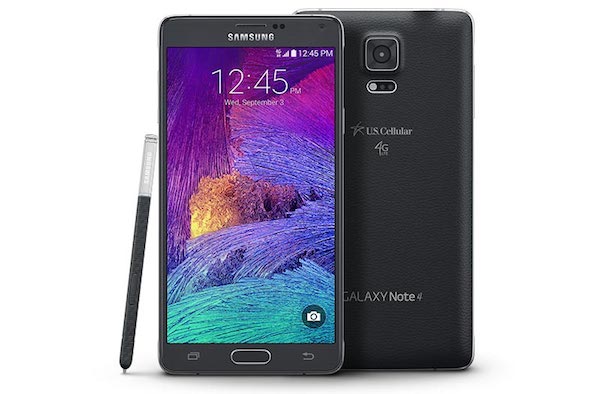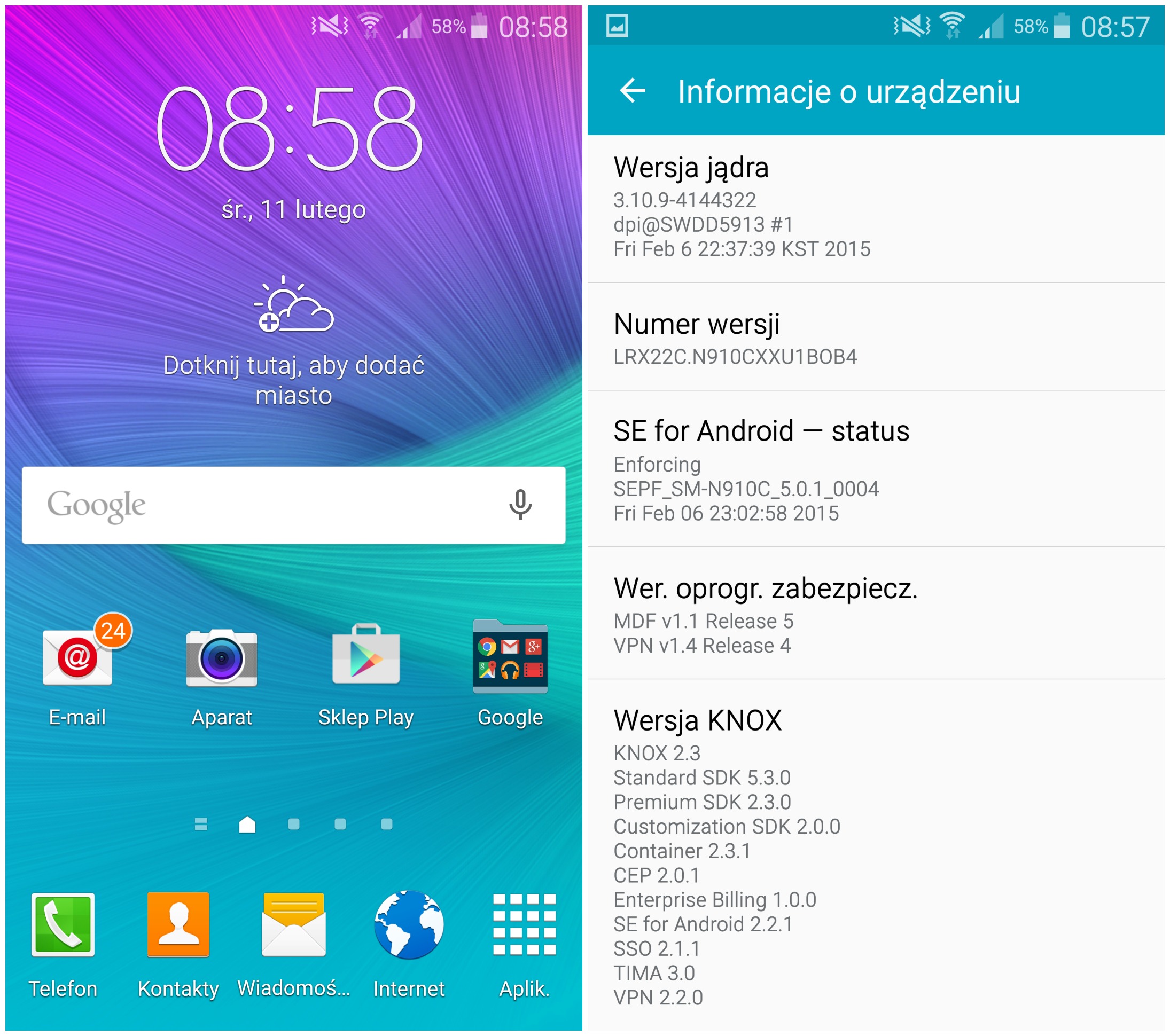
The inclusion of an ultraviolet sensor inside the Galaxy Note 4 from Samsung, which is rumored to launch later this year, has not been a secret. However, while the sensor’s presence is one thing, details are always better, and thanks to a new report we’ve finally got some idea of what, exactly, it’s supposed to do for you.
According to a new report from SamMobile, the UV sensor inside Samsung’s upcoming Galaxy Note 4 will serve a very important purpose: notifying its owner of potential damaging situations to their skin. By measuring the sun’s ultraviolet radiation, and basing those readings on the UV index level for your area at the time, the device will be able to let you know if you’re in any kind of danger. Essentially, it’s a feature, tied to a sensor, that’s meant to help you avoid getting skin cancer.
As you can imagine, the UV sensor is going to be tied into Samsung’s built-in S Health application, and you’ll be able to see any collected information inside the app. Moreover, Samsung is apparently going to give you all the information you can handle when it comes to UV protection, including full breakdowns of each UV index level. There’s also this, which you can find in the app:
“True
• A tan results from your body defending itself against further damage from UV radiation.
• A dark tan on white skin offers only limited protection equivalent to an SPF of about 4.
• Up to 80% of solar UV radiation can penetrate light cloud cover. Haze in the atmosphere can even increase UV radiation exposure.
• Water offers only minimal protection from UV radiation, and reflection from water can enhance your UV radiation exposure.
• UV radiation is generally lower during the winter months, but snow reflection can double your overall exposure, especially at high altitude. Pay particular attention in early spring when temperatures are low but sun’s rays are unexpectedly strong.
• Sunscreens should not be used to increase sun exposure time but to increase protection during unavoidable exposure. The protection they afford depends critically on their correct application.
• UV radiation exposure is cumulative during the day.
• Sunburn is caused by UV radiation which cannot be felt. The heating effect is caused by the sun’s infrared radiation and not by UV radiationFalse
• A suntan is healthy.
• A tan protects you from the sun.
• You can’t get sunburnt on a cloudy day.
• You can’t get sunburnt while in the water.
• UV radiation during the winter is not dangerous.
• Sunscreens protect me so I can sunbathe much longer.
• If you take regular breaks during sunbathing you won’t get sunburnt.
• If you don’t fell the hot rays of the sun you won’t get sunburnt.“
A lot of information, to be sure, but that’s par for the course when it comes to Samsung. It’s really up to the individual user on whether or not this sensor, or the features tied to it, is actually helpful, or if it’s all just another gimmicky feature. The Galaxy Note 4 is easily one of the most anticipated devices of 2014, so we’ll have to wait and see how Samsung plans to really differentiate it with new features. While an ultraviolet sensor is one way to go, using ultrasound technology could be another way.
Are you excited for the Galaxy Note 4? Does a feature like this seem at all worthwhile to you?
[Via SamMobile]















